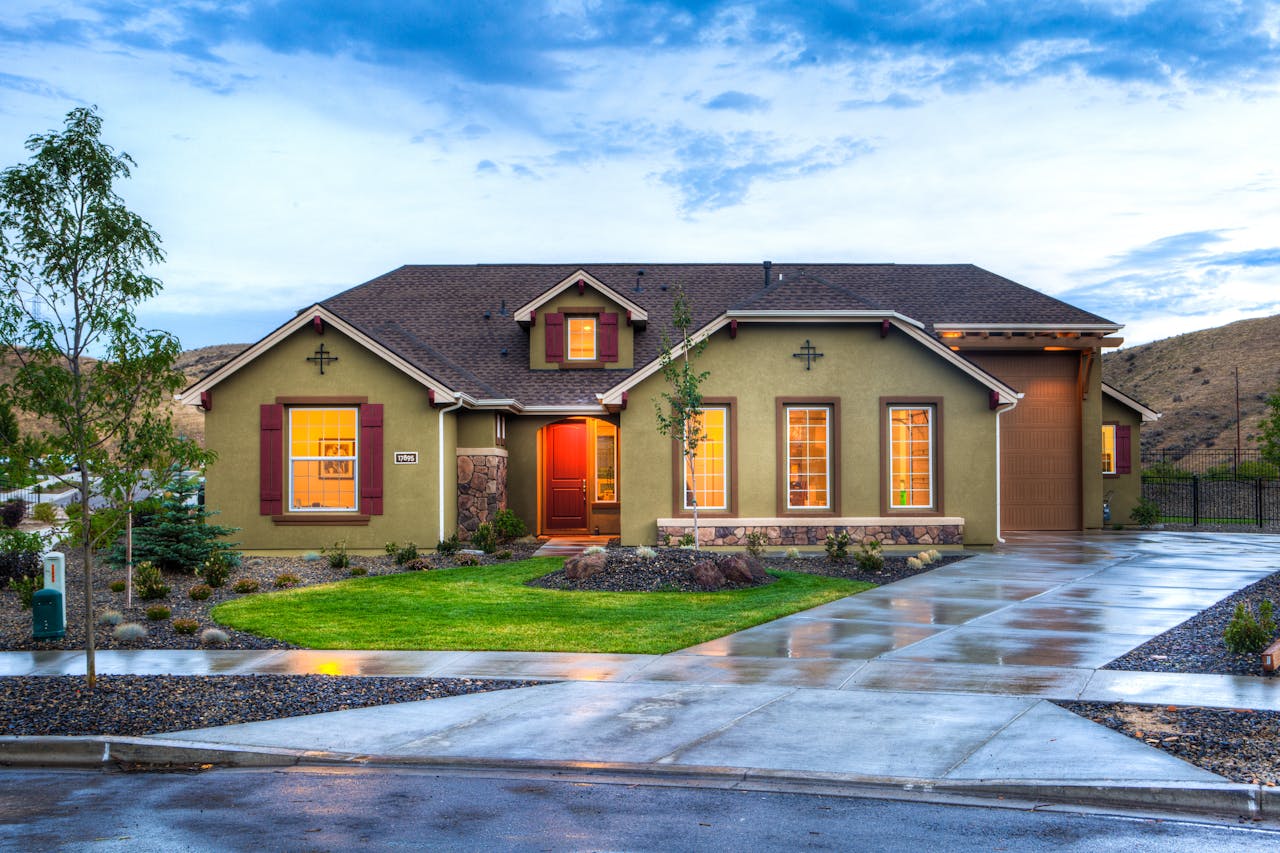The journey to selling your home is like preparing a nest for one final, profitable…
How Much Do I Need for a House Down Payment?
Overcoming the Down Payment Hurdle
Understanding Down Payment Requirements
One of the primary challenges for potential homeowners is saving up a down payment. This task can become even more complex when considering the impact of remote work on home buying. Depending on your area’s home prices and how much you aim to put down, it could take years to save up enough. Typically, down payments are calculated as a percentage of the home’s purchase price. How much is required for a down payment on a house?
Often, lenders, Realtors, and homeowners cite 20% of the purchase price as a standard down payment amount. A conventional mortgage usually requires a 20% down payment, making it the most common route for homebuyers. However, in the context of remote work, you might have different financial dynamics, and there are times when a lower—or even no—down payment becomes an option.
Exploring Conventional Loans with PMI
You can still secure a conventional mortgage with as little as 3% down, although this requires paying for private mortgage insurance (PMI). PMI adds an extra monthly cost to your budget but protects the lender if you default on your loan. Once you reach 20% equity in your property, the PMI requirement will disappear, potentially making remote work adjustments easier to manage.
FHA Loan Benefits
Using an FHA loan, you can buy a home with just 3.5% down, even if your credit score is not as high as required by other mortgage types. FHA loans are particularly helpful if you are managing remote work income and need to balance lower credit requirements. However, FHA loans come with a mortgage insurance premium that you must pay for the duration of the loan, which can affect your overall budget.
VA Loan Advantages
For veterans, active-duty military, National Guard members, and some surviving spouses who meet specific service-related criteria, a VA loan offers significant benefits. This type of loan does not require a down payment or mortgage insurance. Backed by the Department of Veterans Affairs, VA loans can be an excellent option if remote work has affected your ability to save a traditional down payment.
USDA Loan Opportunities
If you are buying a property in a designated rural or suburban area, a USDA loan might be a suitable option. With a USDA loan, you can purchase a home without a down payment and without the need for mortgage insurance. These loans are available only in specific areas, and the eligibility criteria often consider factors like remote work impacts and regional income levels.
Maximizing Down Payment Benefits
Keep in mind that the more you can put down as a down payment, the lower your monthly payments will be. Additionally, a larger down payment may help you secure a lower interest rate, which is beneficial if remote work has provided you with a more stable income. Ensure that you retain enough funds for emergencies and to cover home maintenance and repair costs after moving in.
Considerations for Investment Properties
When buying a second home or investment property, you will typically need to use a conventional loan or a commercial loan, depending on the property’s size. Down payment requirements for these types of purchases are often higher, sometimes reaching up to 25%, especially for larger multi-family properties or commercial loans. Remote work can affect your investment strategy, so understanding these requirements is crucial.
Final Thoughts
If you have already saved up a substantial down payment, consult your lender to explore the mortgage terms they can offer. If you are still in the saving phase but ready to purchase a home, consider mortgage products that allow for a lower or no down payment. Remote work can influence your financial situation, so it’s essential to find the right mortgage solution that aligns with your needs and long-term goals.





